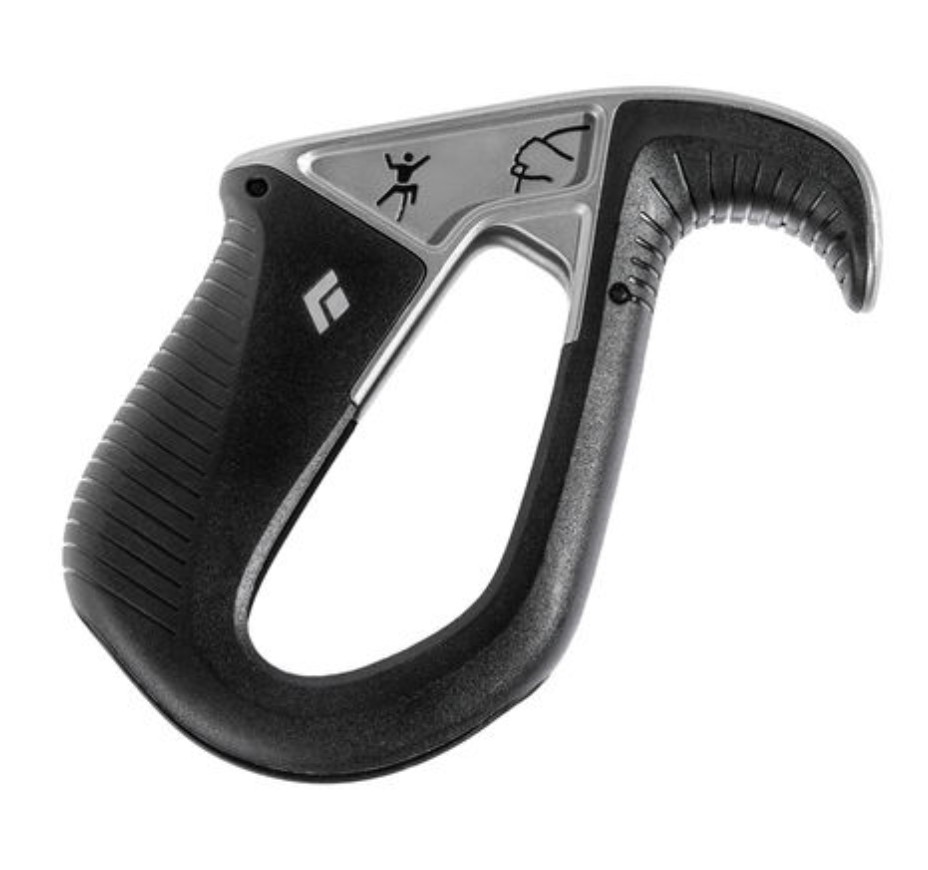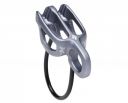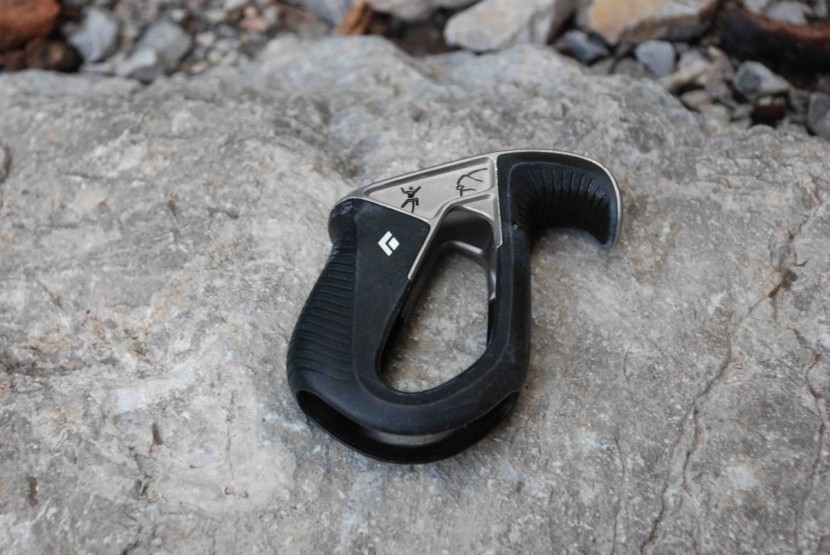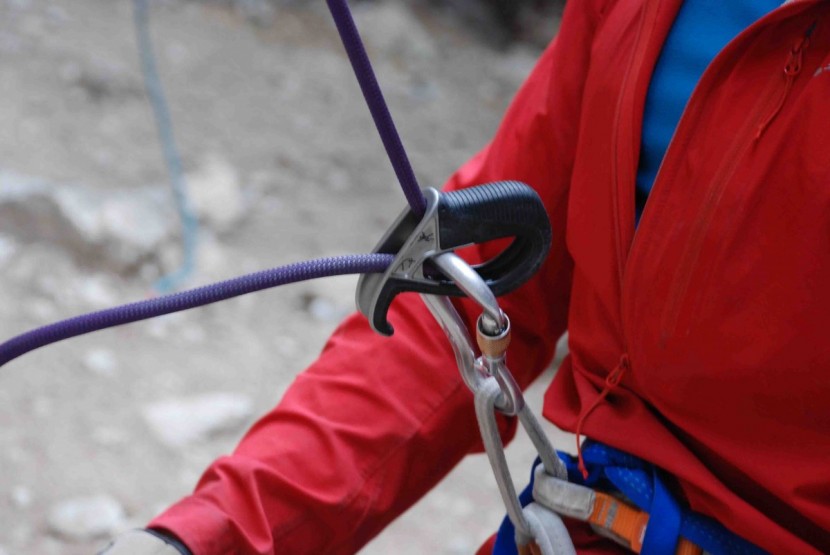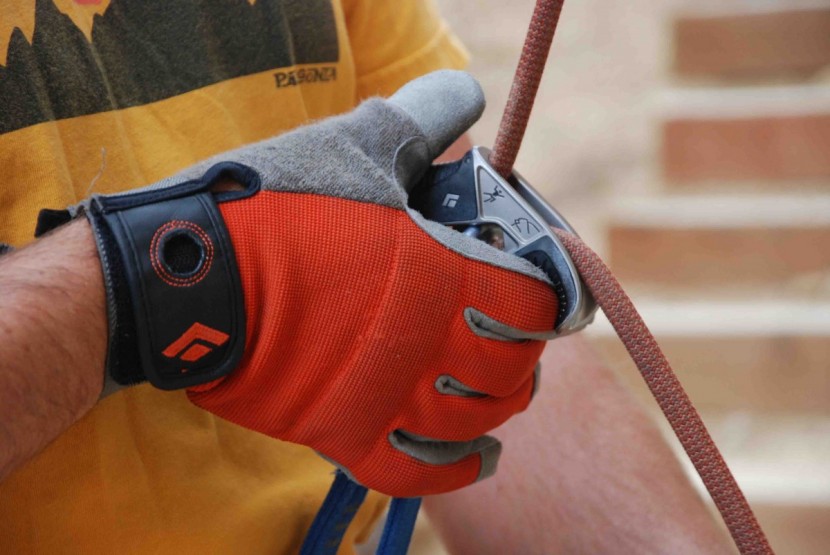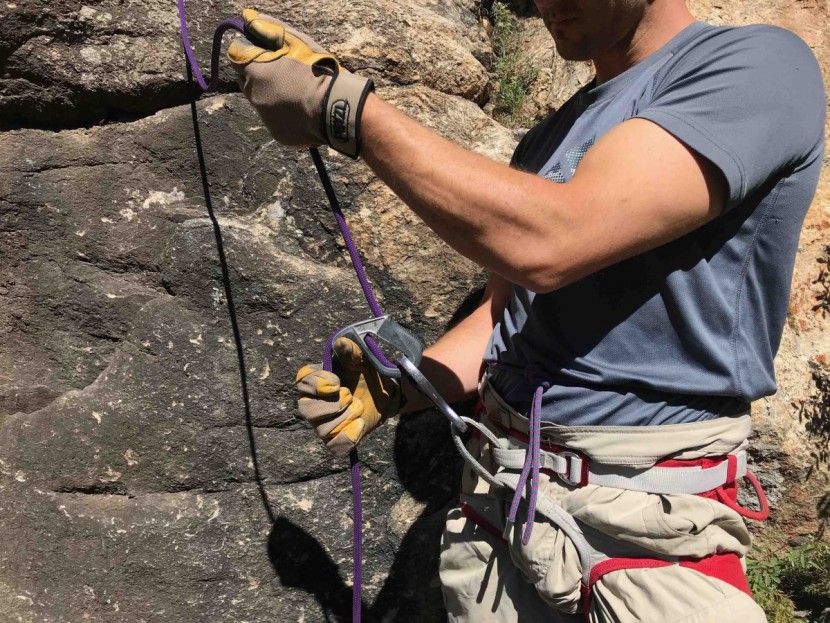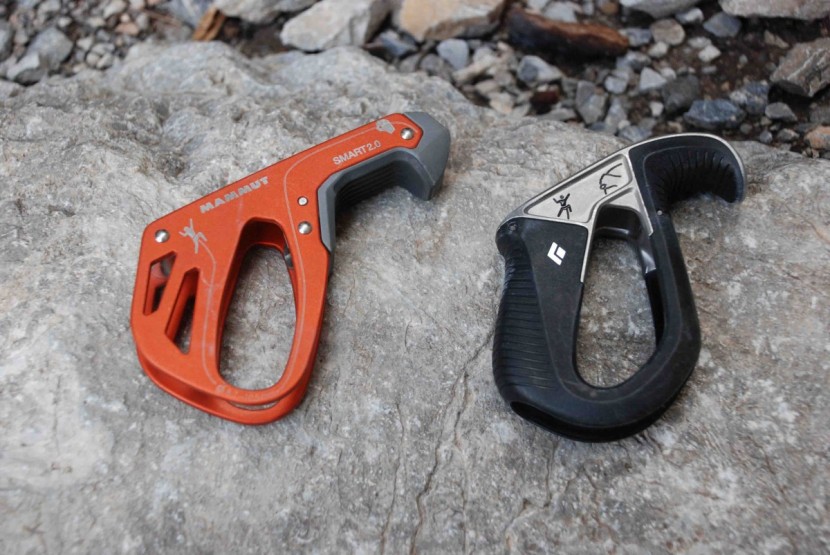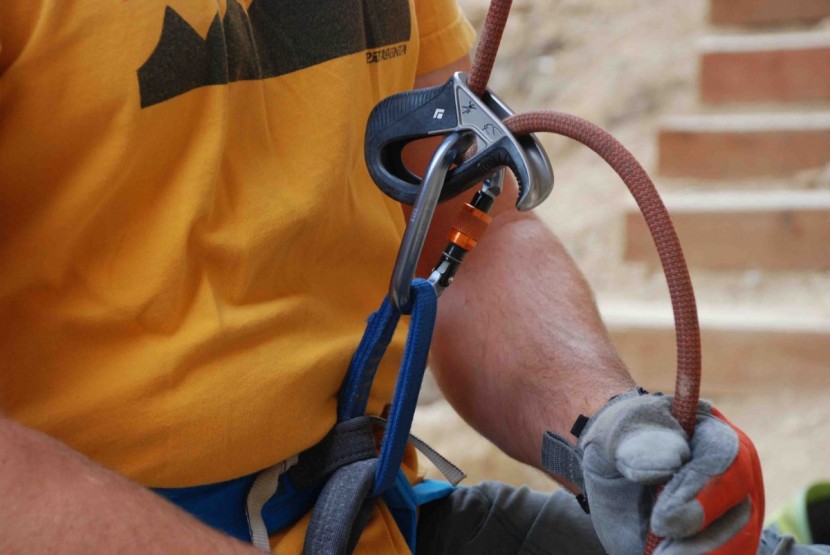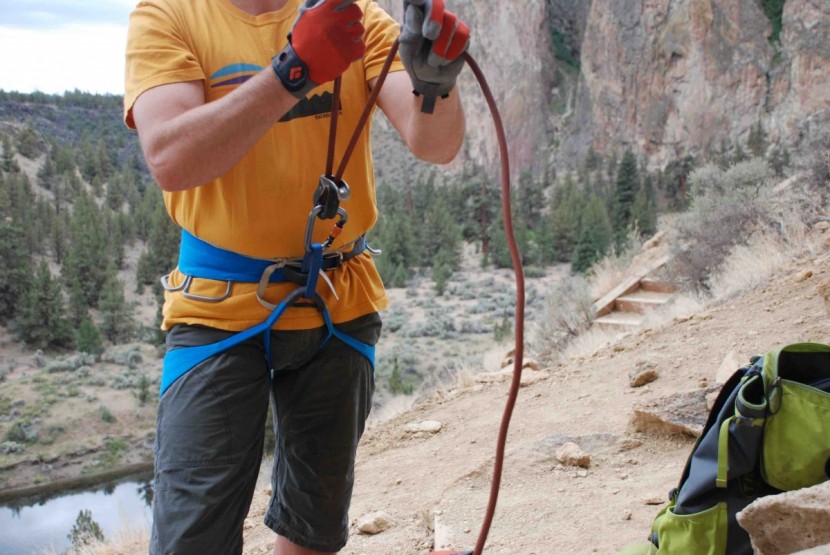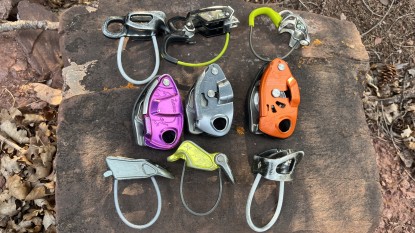Black Diamond ATC Pilot Review
Our Verdict
Compare to Similar Products
 This Product
Black Diamond ATC Pilot | |||||
|---|---|---|---|---|---|
| Awards | Best Bang for the Buck | ||||
| Price | $49.95 at REI Compare at 2 sellers | $37.88 at Amazon Compare at 3 sellers | $39.95 at REI Compare at 2 sellers | $25 List $24.95 at Amazon | $25 List $29.95 at Amazon |
Overall Score  |
|||||
| Star Rating | |||||
| Bottom Line | A great option for gyms to place on their toprope setups and for single pitch craggers looking for a cheaper option | Simple, durable, and optimal value for multi pitch climbs | Ideal for alpine environments where the ropes are slim and the ounces count | Low price pairs well with the basic tube style design and reliability | Smooth rope handling and a simple design all packed in to a mere two ounces |
| Rating Categories | Black Diamond ATC P... | Black Diamond ATC G... | Petzl Reverso | Black Diamond ATC XP | Petzl Verso |
| Catch and Bite (30%) | |||||
| Lowering and Rappelling (30%) | |||||
| Feeding Slack (20%) | |||||
| Weight and Bulk (10%) | |||||
| Auto Block (10%) | |||||
| Specifications | Black Diamond ATC P... | Black Diamond ATC G... | Petzl Reverso | Black Diamond ATC XP | Petzl Verso |
| Style | Passive assisted braking | Auto-block tube | Auto-block tube | Tube style | Tube style |
| Recommended Rope Diameter (Single) | 8.7 mm - 10.5 mm | 8.9 mm - 11 mm | 8.5 mm - 10.5 mm | 9 mm - 11 mm | 8.5 mm - 11 mm |
| Recommended Rope Diameter (Half) | N/A | 8.1 mm - 11 mm | 7.1 mm - 9.2 mm | 7.7 mm - 11 mm | 7.1 mm - 9.2 mm |
| Recommended Rope Diameter (Twin) | N/A | 8.1 mm - 11 mm | 6.9 mm - 9.2 mm | 8 mm - 11 mm | 6.9 mm - 9.2 mm |
| Weight (oz) | 3.2 oz | 3.2 oz | 2.2 oz | 2.2 oz | 2 oz |
| Double Rope Rappel? | No | Yes | Yes | Yes | Yes |
| Belay Off Anchor? | No | Yes | Yes | No | No |
| Assisted Braking? | Yes, passive | No | No | No | No |
Our Analysis and Test Results
The Black Diamond ATC Pilot is a “geometry assisted” belay device for ropes in the 8.7 to 10.5 mm range. When the rope is weighted the angle of the device changes, locking the rope down, though, as we mentioned above, you still need to keep your brake hand on the rope. Speaking of your brake hand, it's not right-hand dominant like most other assisted belay devices, so left-handed climbers can belay with it the “opposite” way if that feels more natural to them.
Check out this very informative instructional video made by Black Diamond to learn how to use the Pilot correctly. Please don't construe this review as actual instruction, instead consult the video.
Catch/Bite
We liked the catch on this device and felt like it provided almost the same security as the active locking devices. There's little to no slippage like you experience from the tube style devices, and should you get knocked around in the fall you can be reasonably sure that the mechanism will engage completely. We did encounter some creepage one or two occasions, though we found it tough to replicate them. Because of variances in rope diameter, belay carabiners, and friction from quickdraw placement or route wandering, it is hard for us to say for certain when or how this device is likely to creep, though it mostly happened in gym scenarios with little friction in the system. BD states that the Pilot should only be used with larger Type H or HMS carabiners, and always on the larger side if using a divided carabiner like the Gridlock.
Lowering/Rappelling
We liked the lowering function of the ATC Pilot better than the other passive assisted braking devices we compared it to. The curved plastic housing on the Pilot was more comfortable to hold onto than the sharp metal edges of other devices, and the rope stayed in the shorter track better. Unlike tube-style devices, where you have to loosen your grip on the rope for it lower, the Pilot requires you to pull back on the device to disengage the camming function. If we were solely choosing one of these passive belay devices for top roping, we'd choose the Pilot since we liked how it lowers the best. As for rappelling, Black Diamond doesn't say that you can't do it, though it would only work for single rope rappels, which is not always useful.
Feeding Slack
Here is where we were underwhelmed with the performance of the Pilot. The Pilot feeds out slack in a similar manner as most other passive assist devices. You have to exert upward pressure with the thumb of your brake hand to “unlock” the device while pulling out slack with your other hand. The Pilot required more thumb pressure than others we compared it against (and more constant pressure throughout a belay) to get the rope to pay out smoothly. If we weren't constantly pushing the device out to the maximum amount, it would start to lock up on us. Some other devices didn't require as much exertion.
Weight/Bulk
The Pilot weighs 3.2 ounces (same as the ATC Guide) and doesn't take up much room in your pack. It also has a relatively small profile, so weight and bulk are no reason not to consider owning one.
Auto block (resistance belaying a second)
The Pilot is not made for belaying a second off an anchor, so we could not test or rate it for this category. If you are looking for a device that can do this, the Edelrid Giga Jul is our Top Pick for Multi-Pitch Climbing.
Value
While this device is not particularly expensive, especially when compared to the cost of most active assist belay devices, it is also not as cheap as regular auto-block or tube-style devices. It is a bit of a one-trick pony though, and you'll likely get more versatility out of a device that can handle two ropes.
Conclusion
If your first thought upon looking at the Black Diamond ATC Pilot is “what's the point of this device?” you wouldn't be alone! However, it does serve a useful purpose for certain scenarios, and we can see gyms that like to have a pre-rigged GriGri on every toprope opt for the Pilot instead due to the cost savings. It also shaves a couple of ounces off your rack, so if you're looking to lighten up all of your gear, this will help you towards that goal.


